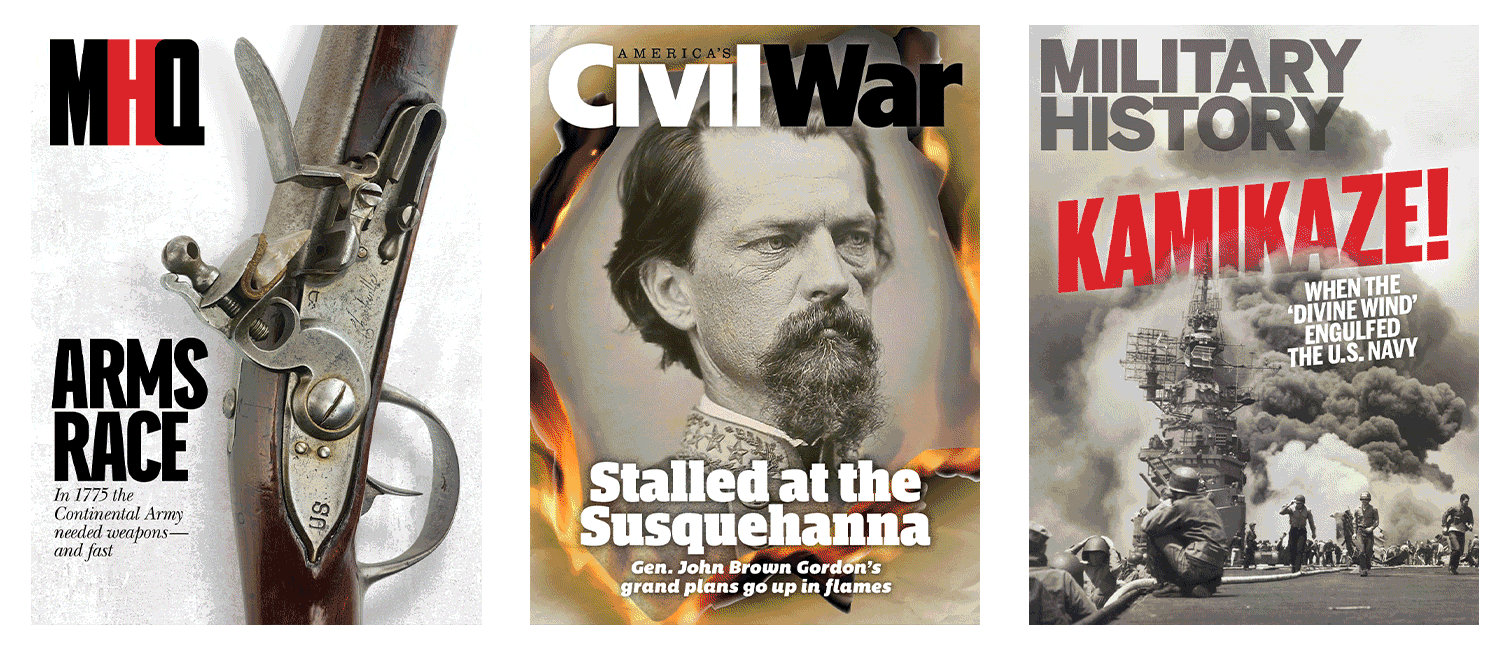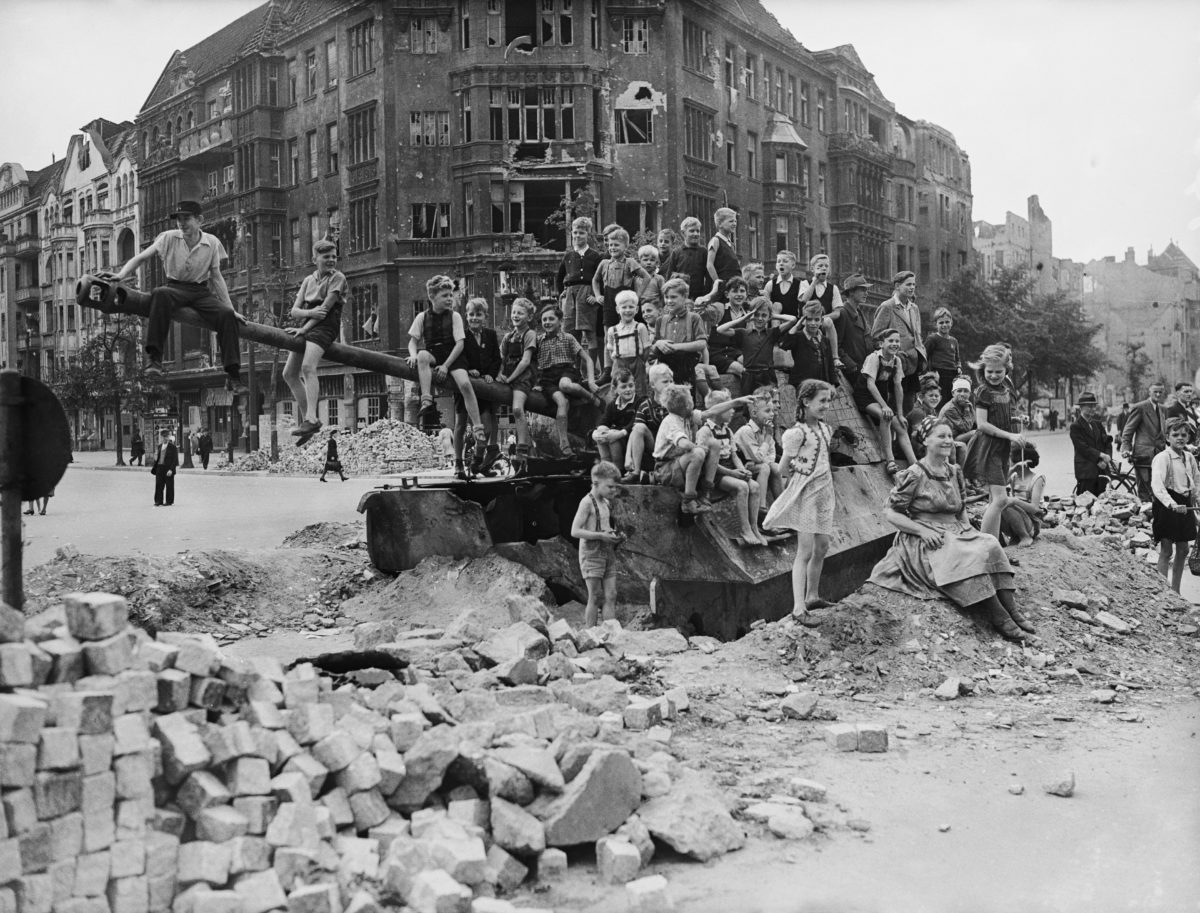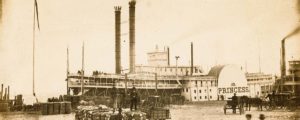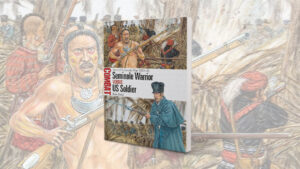Sinclair McKay has written multiple books about wartime England, including several about its two “Bs”: Bond and Bletchley Park. In February 2020, shortly before COVID-19’s global emergence, the London-based British journalist broke the mold with The Fire and the Darkness, a detailed retelling of Dresden’s bombing that coincided with its 75th anniversary.
McKay hunkered down and spent quarantine researching a different German metropolis: Berlin, the subject of a new book published this month titled “Berlin: Life and Loss in the City that Shaped the Century.” McKay mined the city archives, striving to relive the past century’s highs and lows through accounts straight from the mouths of ordinary Berliners. Their testimonies, fluidly woven throughout McKay’s narrative, solidify their home’s unique place in not just Europe but also modern history.
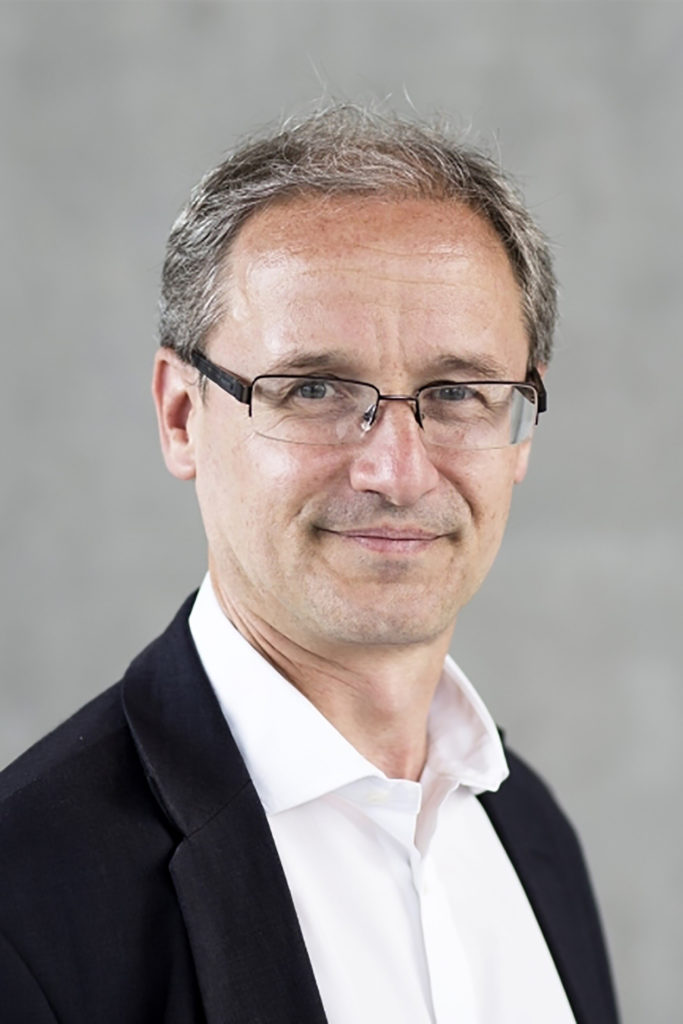
why did you initially pivot from writing about wartime england to writing about wartime germany?
I was partly trying to excavate a sense of reality, like I did with Bletchley Park. With Bletchley, I was telling the story from a slightly different angle other than “How we helped to win the war.” Who were the codebreakers, what walks of life did they come from, what were their lives like?
But I was also influenced by British guilt, I suppose — the bombing of Dresden by British bombers, and the inferno that rose and destroyed the lives of 25,000 people in one night. In Britain people recoil from it. Even though you might argue about whether it was technically a war crime or not, it was most certainly an atrocity; even Winston Churchill flinched when the news of it came through. I wondered: how do people put their lives back together again after that kind of cataclysm?
what compelled you to tackle berlin next?
I became interested in the experiences of ordinary Berliners not just through the cataclysm of 1945, when the Nazi regime finally fell, but also just the lens of the twentieth century. If you were born in Berlin in the year 1900 and were lucky enough to live to your seventies, your eighties, your nineties, you would have been living through a constant series of upheavals and revolutions and horrors, which I don’t think you could find in any other city.
You’ve got the First World War, and then the immediate aftermath of that — the German revolution and the artists’ uprising; the streets of Berlin turned into sniper canyons as near-civil war broke out. Then there was the Weimar Republic, and all the terrible economic lurches that came with that—the hyperinflation—and, of course, the rise of the Nazis and the genocide that followed. Thereafter, in 1945, the city gets torn into two by these competing ideologies, the West and Soviet Communism.
From the point of view of an ordinary Berliner, who was just trying to live an ordinary life — going to work, falling in love, just trying to get on — what was it like to live through that?
your book spans 20th-century berlin, but mainly unfolds through spring 1945.
There are moments in history that stand like lighthouses, illuminating all that came before and after. 1945 is one of them. Inevitably, in wanting to find out more about its consequence in Berlin, I also needed to find out who its people were beforehand, and who they were after. So yes, 1945 is the core of the book: I wanted to understand on a day-by-day basis what it must have been like to live through what must have seemed like the end of the world.
How did you research and write this book during a global pandemic?
The pandemic did pose its own challenges and difficulties in terms of travel and research because, of course, archives and libraries were shot. But there’s a fantastic organization in Berlin called the Contemporary Witness Exchange, which is run by academics and volunteers.
The Exchange arranges meetings between older and younger Berliners for educational history tours that are like oral history. Some of the extraordinary memories you get from older members involve the days before the Berlin Wall, and then when the wall came along. They were good enough to meet me during gaps between lockdowns when I was able to go over there, and they furnished me with a huge amount of material — literally, two or three carrier bags full of raw material — as well as directions and thoughts.
GET HISTORY’S GREATEST TALES—RIGHT IN YOUR INBOX
Subscribe to our HistoryNet Now! newsletter for the best of the past, delivered every Monday and Thursday.
how is Berlin different from other European cities?
Berlin openly displays its wounds and scars. The bullet holes are still there in the buildings; there are still big fragments of the Berlin Wall. There are reminders in nearly every street of all the upheavals the city has gone through. And the city wants you to see it.
It’s also a city that’s always favored the young. It has that spark of rebellion and contrariness. I read accounts of boys and girls after World War II running among these terrible Gothic ruins bombed to extinction, playing games and chasing imaginary villains. This shows something about the amazing endurance of childhood, but it also tells us something about Berliners. There’s always been something abrasive and witty and skeptical in the Berliner spirit.
you empathize with germany, which for some is still taboo.
Berlin is very much aware that the city once had a large and brilliant Jewish population. One can understand why those Berliner who weren’t Jewish and survived World War II thought, what right have we to tell the world that we struggled when our neighbors suffered many more atrocities? Even though Berliners in 1945 were all facing absolute Armageddon. They were living their lives more or less completely underground or encased in concrete shelters. Then once the Red Army finally broke through, there were uncountable numbers of rapes throughout the city as millions of women were targeted. This is trauma that countless families must have lived with through generations afterwards, and something we’re only just starting to get a proper sense of now.
Many Berliners were Nazis — but as you illustrate, many weren’t.
There were people who belonged to the Nazi Party in Berlin, and who were true believers. But then there were the great majority of people who weren’t, and who were forced to live in this regime. When the Allies came in in 1945, they assumed the Berliners were brainwashed, that they’d all become these Nazi cult zombies. But they found this just wasn’t the case. They just wanted to get along with their lives.
Sadly, though, antisemitism remained a Europe-wide phenomenon. It was found after the war in a survey conducted by the Americans that a large number of the population of Berlin and Germany still held fundamentally antisemitic beliefs despite having been shown the horrors of what happened in the camps. It takes more than a generation for these things to work through.
The point of history is excavating — trying to rescue real people from assumptions laid down on top of them. Berliners have had more assumptions laid down on them than lots of other people.
Could Hitler have succeeded at transforming Berlin into a Nazi stronghold?
It was never truly Hitler’s city, because there were just too many other layers. The art, the music, this pulsating aesthetic life, the pioneering architecture of the Weimar period, which deconstructed and reconstructed the city in a new way. This was also Einstein’s city, where quantum theory was being explored.
Hitler had his architectural models of a completely rebuilt Berlin; as it was, the city was going to be smashed to a rubble and replaced with avenues of neoclassical monuments. But if you look at the models, you see there are no people. There’s no sense of human scale at all, or how we would go from one place to another, or even what we would do in any of those buildings.
Which German city will your next book be about?
I haven’t got any plans. But Munich is always interesting, as are the northern cities, like Hamburg. Germany itself as a nation has been overlooked by the British, who are always romanticizing France and Spain. Now I think a lot of people are thinking, ‘Oh, hold on a second, what are we missing here?’ Apart from the darkness of the twentieth century, Germany has the literature, the music, the perfume-makers — OK, but not the food.
historynet magazines
Our 9 best-selling history titles feature in-depth storytelling and iconic imagery to engage and inform on the people, the wars, and the events that shaped America and the world.
